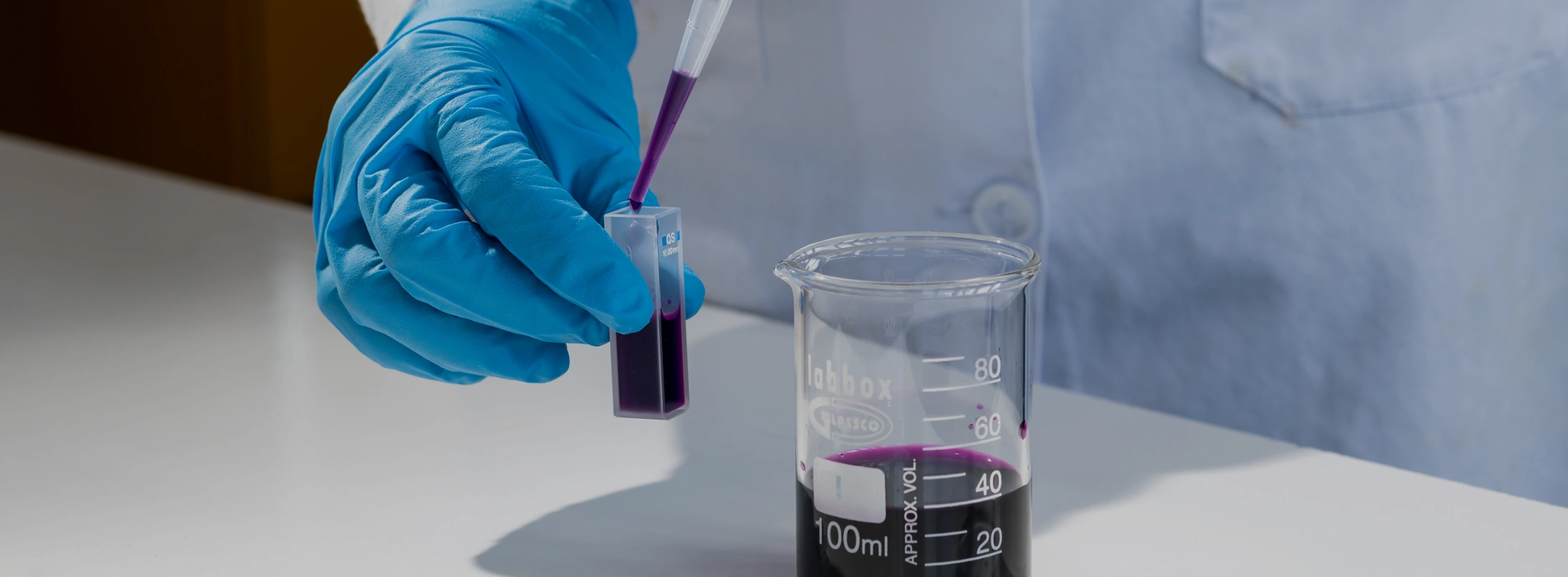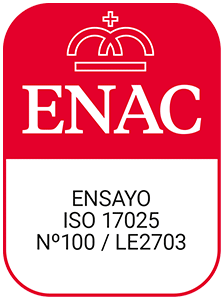

CHEMICAL-PHYSICAL AND MICROSTRUCTURAL LABORATORY
The Chemical-Physical and Microstructural Laboratory is oriented to the advanced characterization of materials of different nature and origin (metals, polymers, paint or coating, cellulose and paper, nanomaterials…) from the determination of their chemical, physical or structural properties. Knowledge of the composition and structure of materials is of great value in the design of new materials, failure analysis of products or components or quality control.
ITAINNOVA’s chemical laboratory has the capacity to carry out elemental quantitative chemical analysis as well as the determination of physical properties such as density, color, brightness, etc.
Thermal analysis of polymers, determination of glass transition temperatures, melting, oxidation times, degree of curing …. Rheological studies and viscoelastic behavior of polymers and resins. Specific characterization of cellulosic material.
Thermal analysis by differential scanning calorimetry by heat flow and compensated power (-90ºC to 600ºC):
Thermogravimetric analysis by TGA:
Qualitative chemical analysis of polymers by FTIR.
Qualitative chemical analysis of cellulosic materials.
Rheological analysis:
Determination of viscoelastic properties by dynamo-thermo-mechanical analysis DMA (450N dynamic, 200N static, 1000Hz; 0.001-3mm dynamic displacement):
Quantification of reinforcement content in polymers and other materials.
Determination of biodegradability according to:
Grain size, coating thickness, fiber orientation, graphite shape and distribution. The ITAINNOVA laboratory studies and determines these and other structural constitutive characteristics of materials through the use of various techniques at macro and micro scale.
Calibration Laboratory accredited by ENAC Nº 75/LC10.050 UNE-EN ISO/IEC 17025

Testing Laboratory accredited by ENAC Nº 100/LE257- UNE-EN ISO/IEC 17025


Noise Testing Laboratory accredited by ENAC No. 100/LE 2703 - UNE-EN ISO/IEC 17025


Inspection entity accredited by ENAC No. 411/EI712 - UNE-EN ISO/IEC 17020 (NON-AUTOMATIC OPERATING WEIGHING INSTRUMENTS)


ENAC website to consult the directory of accredited entities.